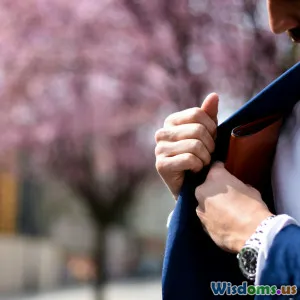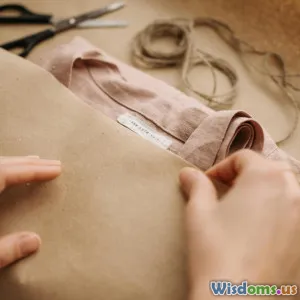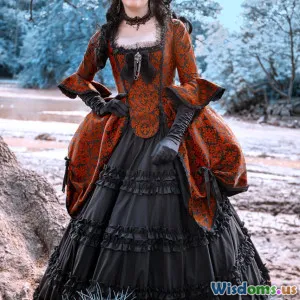
How Victorian Corsets Shaped Womens Roles and Bodies
12 min read Explore how Victorian corsets influenced women's bodies and dictated their social roles in 19th-century society. (0 Reviews)
How Victorian Corsets Shaped Women's Roles and Bodies
The Victorian era left an indelible mark on fashion, society, and women's daily lives. Among its most controversial and iconic garments was the corset—a tightly-laced, structured undergarment that did far more than shape physical forms. Beneath the lace and whalebone, corsets reveal a story of gender roles, class divides, and shifting ideals of femininity. Understanding the corset is key to understanding Victorian womanhood itself.
Foundations of Fashion and Femininity

The corset’s roots reach back centuries, but it was in the Victorian era (1837-1901) that the garment achieved its infamous structural rigidity and cultural prominence. The classic Victorian corset, constructed from whalebone (baleen), cording, or steel boning and laced tightly at the back, shaped the torso into a coveted hourglass silhouette—narrow waist, full hips, and a prominent bust.
While these garments varied by decade—rising and lowering waists, varying bust support, longer or shorter lengths—the societal function remained the same. A woman's respectability, attractiveness, and even her health, according to contemporary opinions, were intrinsically tied to her adherence to this bodily mold.
For example, 1860s etiquette manuals advised young ladies to corset themselves from adolescence onward, cementing beliefs that disciplined bodies led to disciplined morals. Magazines like Godey's Lady’s Book published patterns and advice on achieving the ideal figure, feeding into a fashion-driven pursuit that crossed boundaries from royalty to rising middle-class families.
Corsets as Social Armor: Class and Respectability
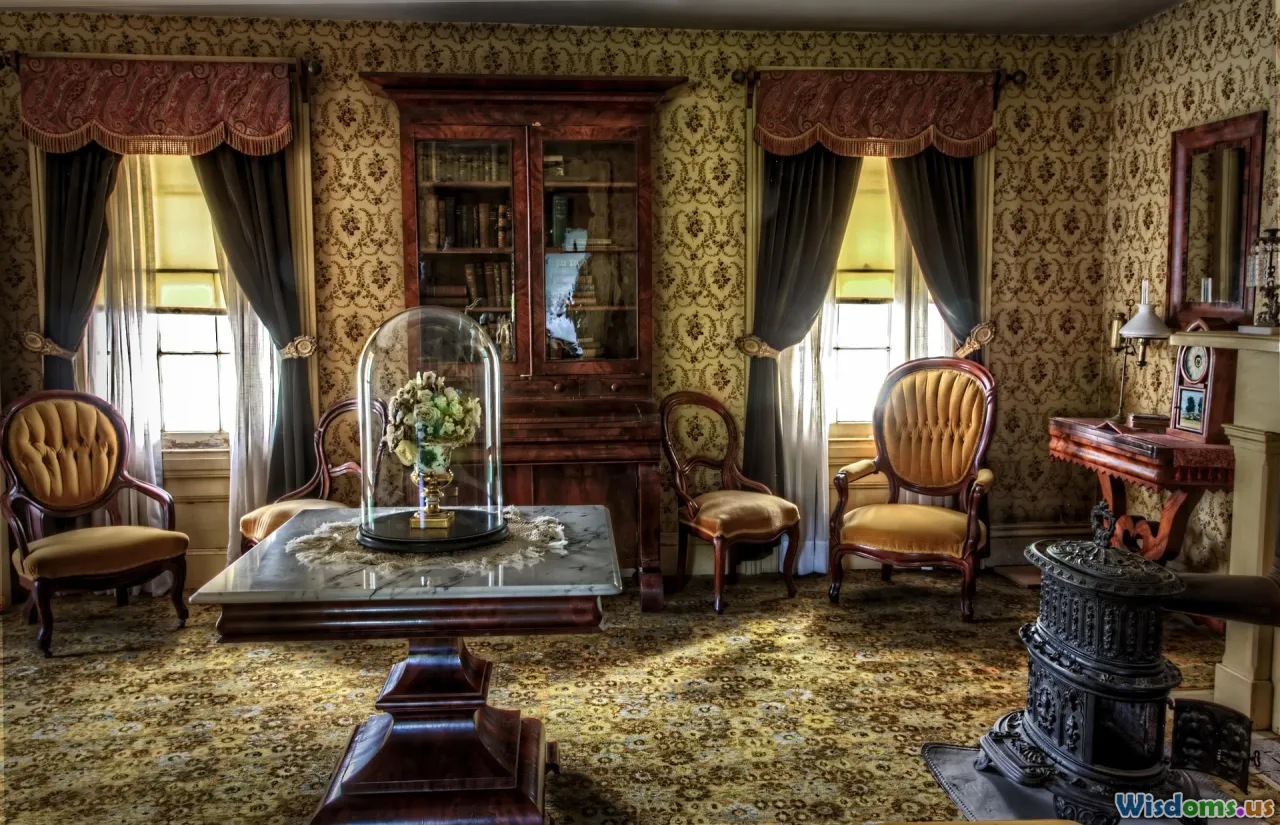
The corset did more than cinch the waist—it spoke volumes about class standing and decorum. Wealthier women boasted finely crafted corsets, often lined in silk and adorned with delicate embroidery. These aesthetic touches, visible only in the privacy of the boudoir, signaled both financial resources and engagement with elite fashion trends.
Conversely, working-class women also wore corsets, but their versions were made from sturdy cotton or linen, prioritizing durability over aesthetics. The "utilitarian corset" offered support during long hours of labor, but it was rarely as constrictive as the versions seen at upper-crust gatherings. Even so, failing to wear a corset could mark one as uncultured or morally suspect—corsetry was a uniform of respectability, a marker that separated 'proper' women from those on the fringes of society.
A curious effect of this expectation was that corsets became a bridge and a barrier: they allowed ambitious women to signal their aspirations and assimilate into refined circles, while also enforcing the boundaries that kept classes apart.
Health and Harm: The Medical Debate

Few garments in history have sparked so much controversy among contemporaries and later observers. Medical professionals throughout the Victorian period both advocated for and railed against corsetry. Some physicians argued that the compression improved posture, prevented illness, and supported women's weak backs—a common medicalization of female physicality at the time.
Yet, mounting evidence and vocal detractors decried the health effects. Medical journals depicted the deleterious impact on internal organs, compressed lungs, and dislocated ribs. The infamous "corset liver," where the organ was thought to become permanently indented, was illustrated in mid-century texts. Fainting spells, breathing difficulties, digestive problems, and even reproductive issues were attributed to tight-lacing.
Despite—or perhaps because of—this notoriety, the allure of the tiny waist persisted. Some women considered the discomfort proof of discipline, further entwining the shaping of bodies with the shaping of character. Still, advocacy groups such as the Rational Dress Society emerged toward the end of the 19th century, urging women to adopt looser, more healthful styles.
The Corset as a Symbolic Straightjacket
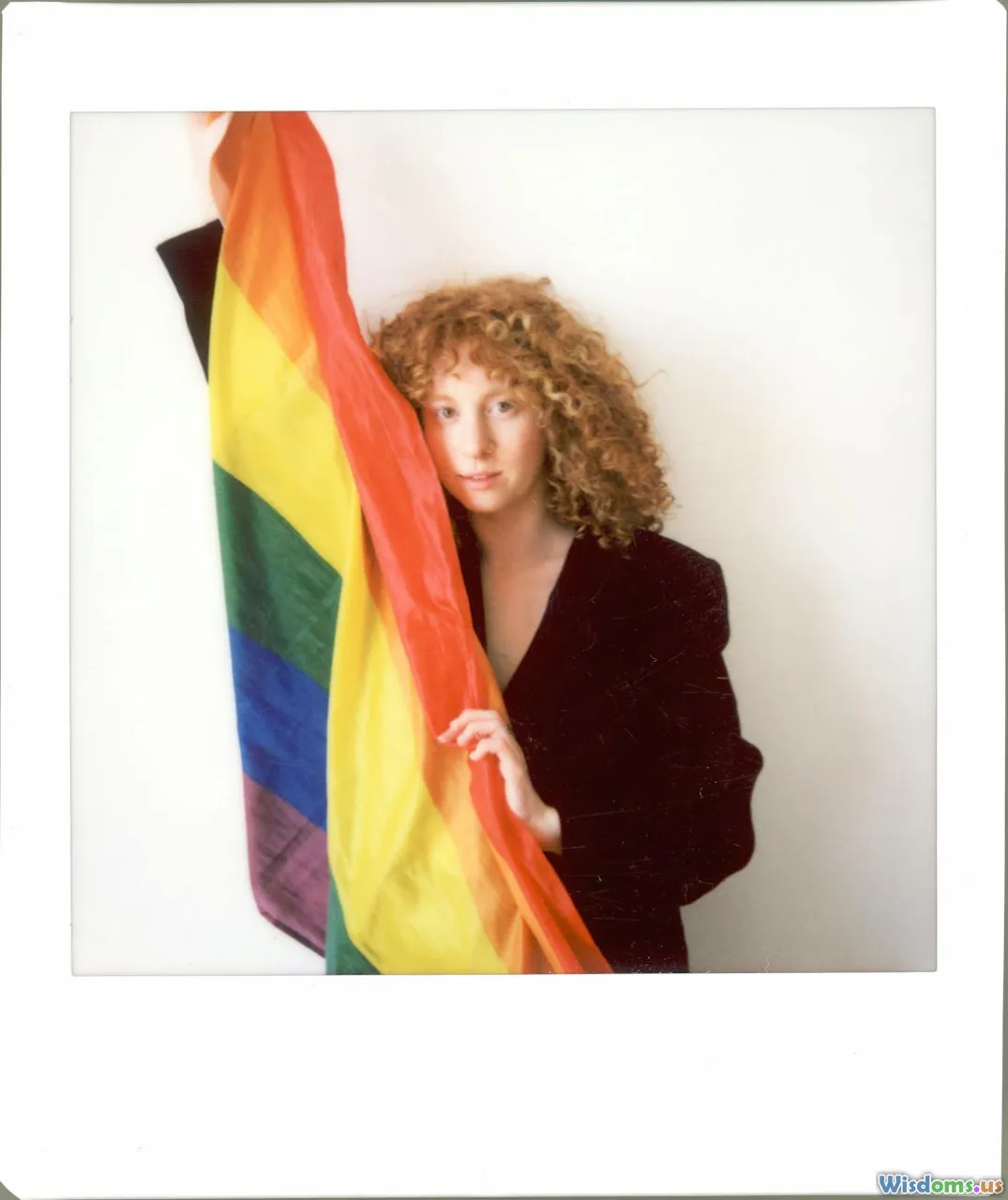
For those examining Victorian culture through today’s lens, the corset stands as a highly loaded symbol. It did more than restrict the lungs; it served as a metaphorical straightjacket, encasing women within strict social mores. To be tightly-laced was to embody control, passivity, and dependence—qualities idealized in the era's complicated ideology of True Womanhood.
Writers and satirists lampooned the direct connection between physical restriction and restricted freedoms. Punch magazine cartoons, for example, drew parallels between corsetry and women’s limited legal status. The pressure to conform to this feminine ideal started young: mothers often dressed their daughters in child-sized corsets, fostering both a physical and mental discipline.
While such scrutiny paints corsets as oppressive, some recent feminist scholarship has nuanced this image. Many women enjoyed the power of self-fashioning and the agency of choosing how to present their own bodies, albeit within a fairly narrow set of options. Dressing up (and in) for the world could be an act of self-expression, even as it invoked the expectations of others.
Innovation, Industry, and Everyday Realities
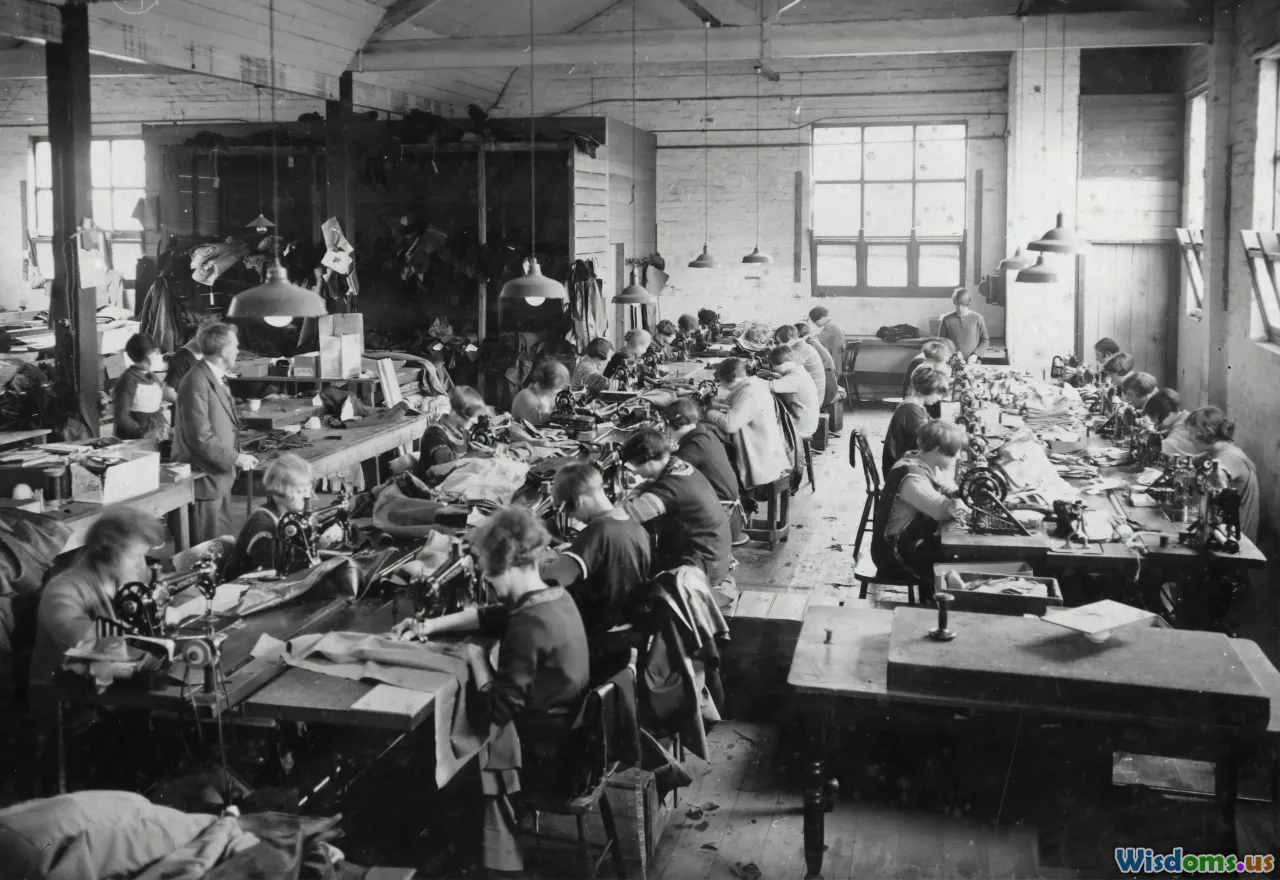
The proliferation of the corset was inseparable from Victorian industrialization. Advances in textile manufacturing and mass production transformed corset-making from a hand-stitched art to an industrial-scale business. Factories employed thousands, both in Britain and abroad, cutting, constructing, and sometimes imbuing corsets with the rigid steel bones that became a defining feature by the 1870s.
In practical terms, dressing in a corset was no simple affair. Most ladies, particularly of the upper classes, relied on maids to help them achieve the perfect fit, tightening laces and smoothing bodices. For others, self-dressing involved contortion and the strategic use of hooks and busks.
Interestingly, the mass production of corsets democratized access to fashionable silhouettes. Catalogues from companies like Warner or Madame Besson marketed affordable options, targeting a broad customer base and increasing cross-class consumption—a testament to fashion’s pervasive role in everyday Victorian life.
Resistance and Reform: Voices for Change
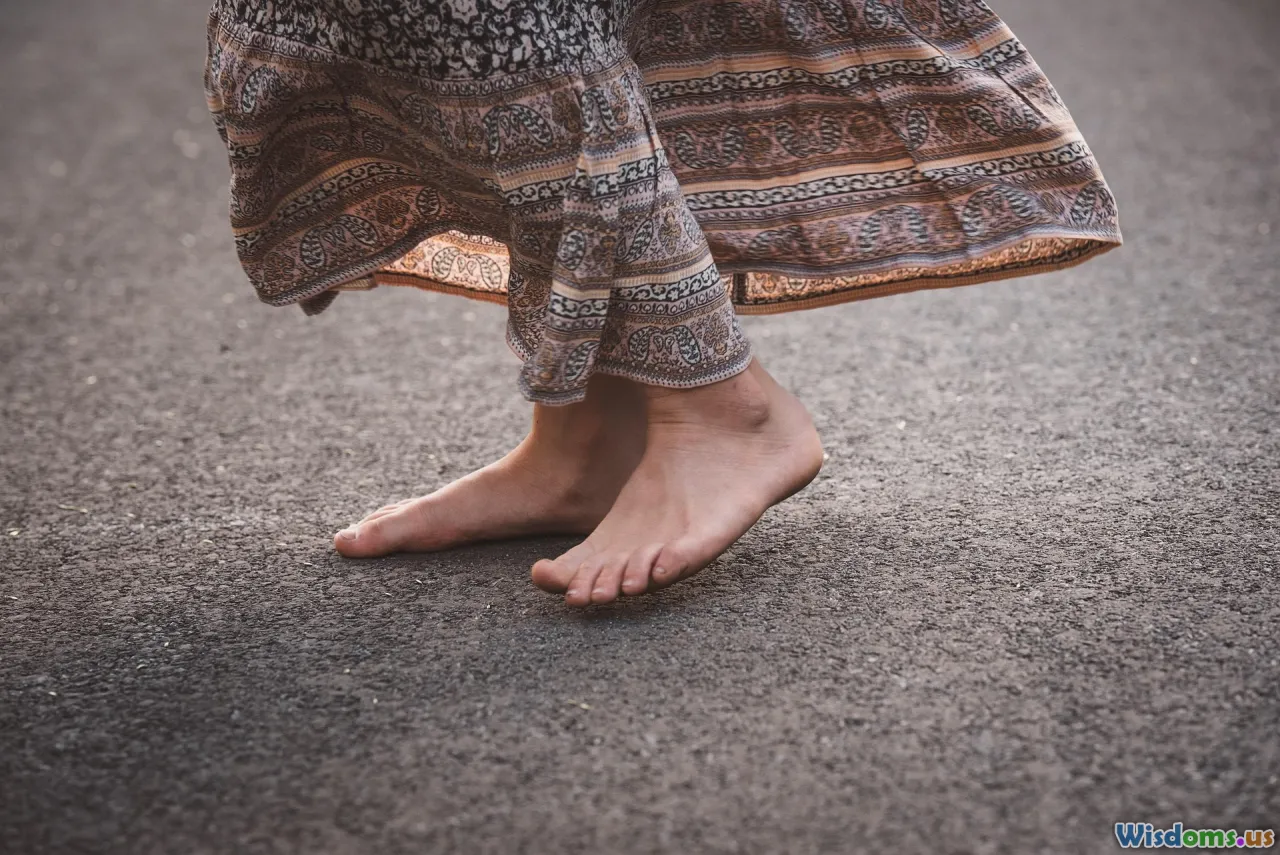
Not all Victorian women (or men) accepted the corset without criticism. A vocal minority pushed back against the garment, seeing in it the physical embodiment of the restrictions—social, political, and otherwise—placed upon women. The Rational Dress Movement, emerging in the 1880s, advocated for clothing that allowed freedom of movement and better health.
Reformers like Lady Harberton and Dr. Mary Walker promoted alternatives: the divided skirt, the uncorseted waist, and even the radical bloomers—loose trousers that scandalized polite society. Suffragettes, in their fight for the vote and expanded rights, often depicted the unshackling of the corset as symbolic of their entire cause.
Despite slow progress, changes gained momentum by the end of the century. Bicycling—for recreation and emancipation—necessitated clothing reform. George Bernard Shaw’s comedic plays, like Mrs. Warren’s Profession, lampooned the absurdity of strict dress codes. The corset loosened as the century turned, making way for the less constrictive undergarments of the Edwardian age.
Corsets in the Modern Imagination: Legacy and Lessons
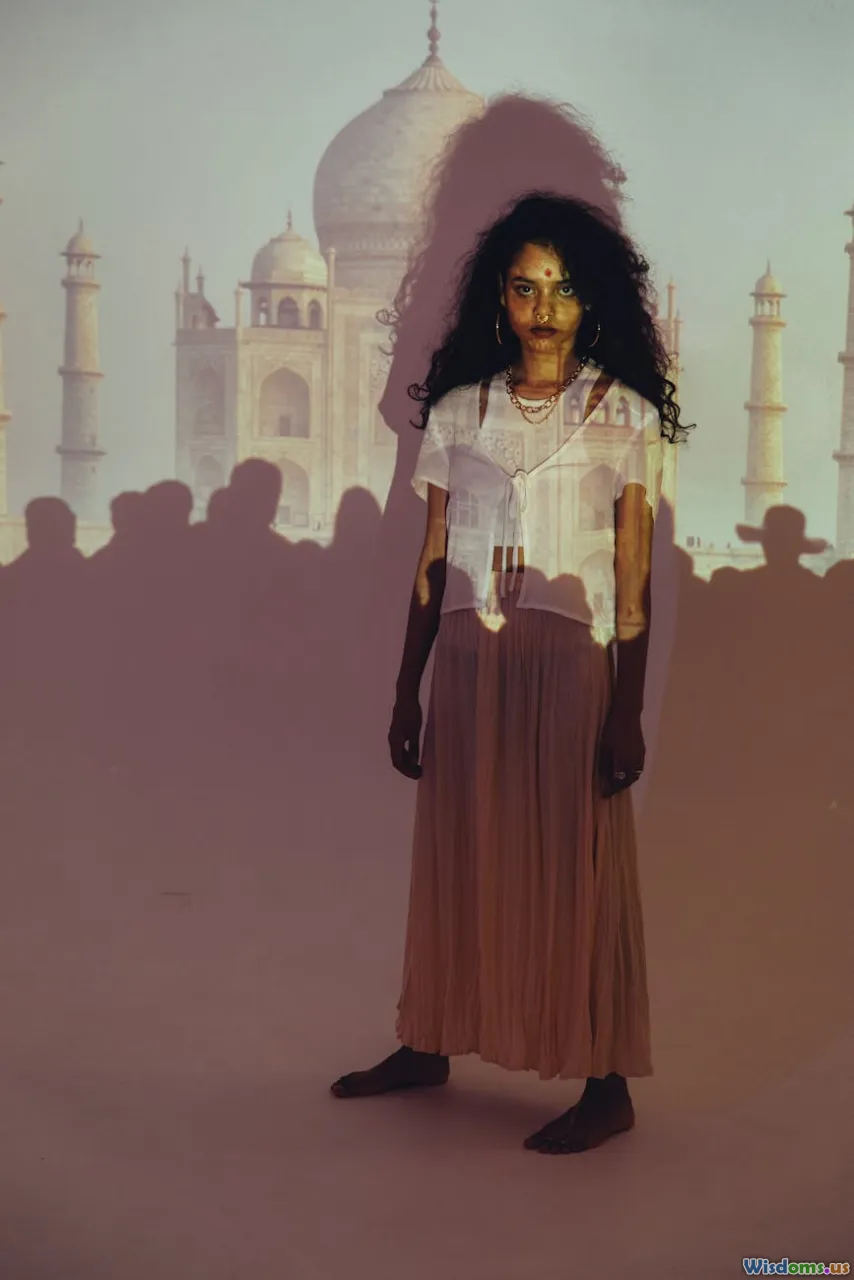
The Victorian corset hasn't disappeared; its echoes are visible in modern couture, period dramas, and conversations around body image. Designers from Vivienne Westwood to Alexander McQueen have revived and reinvented corsetry—sometimes celebrating, sometimes critiquing its rigid heritage.
Research into historic dress underscores how body image ideals can shift dramatically with culture and technology. At the same time, the corset is finding a new audience; contemporary enthusiasts cite the confidence and poise attributed to laced waists, while historians emphasize the garment’s complex relationship with women’s autonomy and oppression.
Perhaps most compelling is how the corset encapsulates the era’s contradictions. It is, all at once, a tool of conformity, a canvas of self-expression, an emblem of oppression, and a relic of liberation. The debates it sparked—from health scares to calls for reform—continue to resonate any time society debates who gets to shape our bodies and why.
As we look back, the tale of the Victorian corset remains a cautionary chronicle, reminding us that the lines between fashion, identity, and freedom are never just stitched into seams—they’re worn in the flesh, argued in public squares, and renegotiated with every new generation.
Rate the Post
User Reviews
Popular Posts













